Affiliate links on Android Authority may earn us a commission. Learn more.
Why there are no 5G modems inside next-generation SoCs
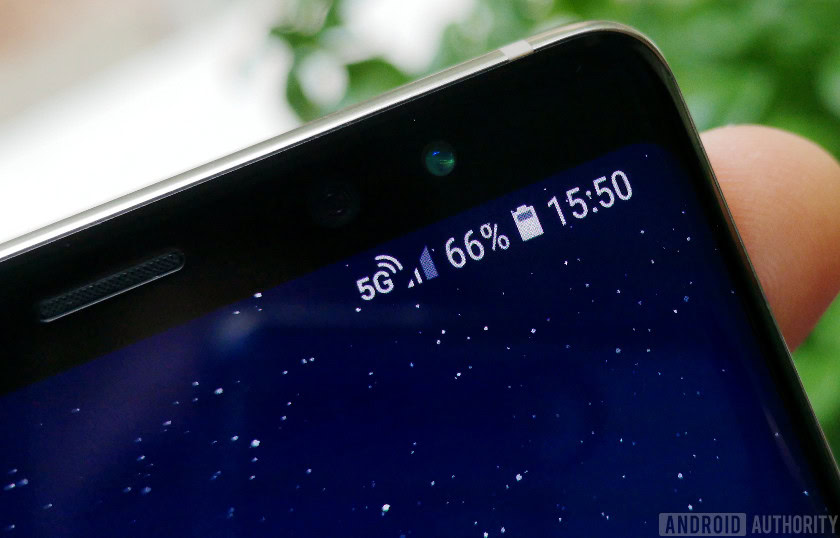
We now know what the next-generation of smartphone chips look like. All three of them will power smartphones throughout 2019. At the same time, we hear carriers and handset manufacturers talking up their first 5G products, yet neither the Snapdragon 855, the Exynos 9820, nor the Kirin 980 come equipped with 5G modems.
Instead, thee next-gen chipsets are “5G Ready.” In other words, they can pair up with external 5G modems and antenna components to support 5G, but support isn’t embedded into the chip by default. Each chip designer has its own 5G modem for this purpose — Qualcomm’s Snapdragon X50, Samsung’s Exynos 5100, and HUAWEI’s Balong 5G01 or 5000.
Why aren’t these modems integrated into flagship SoCs?
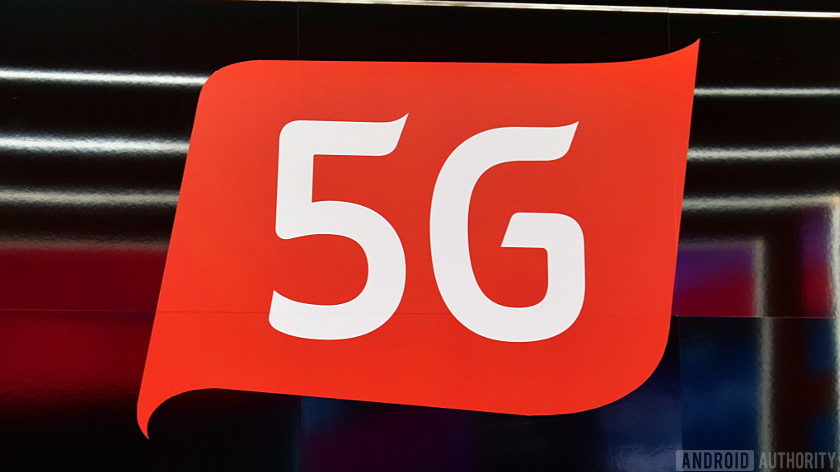
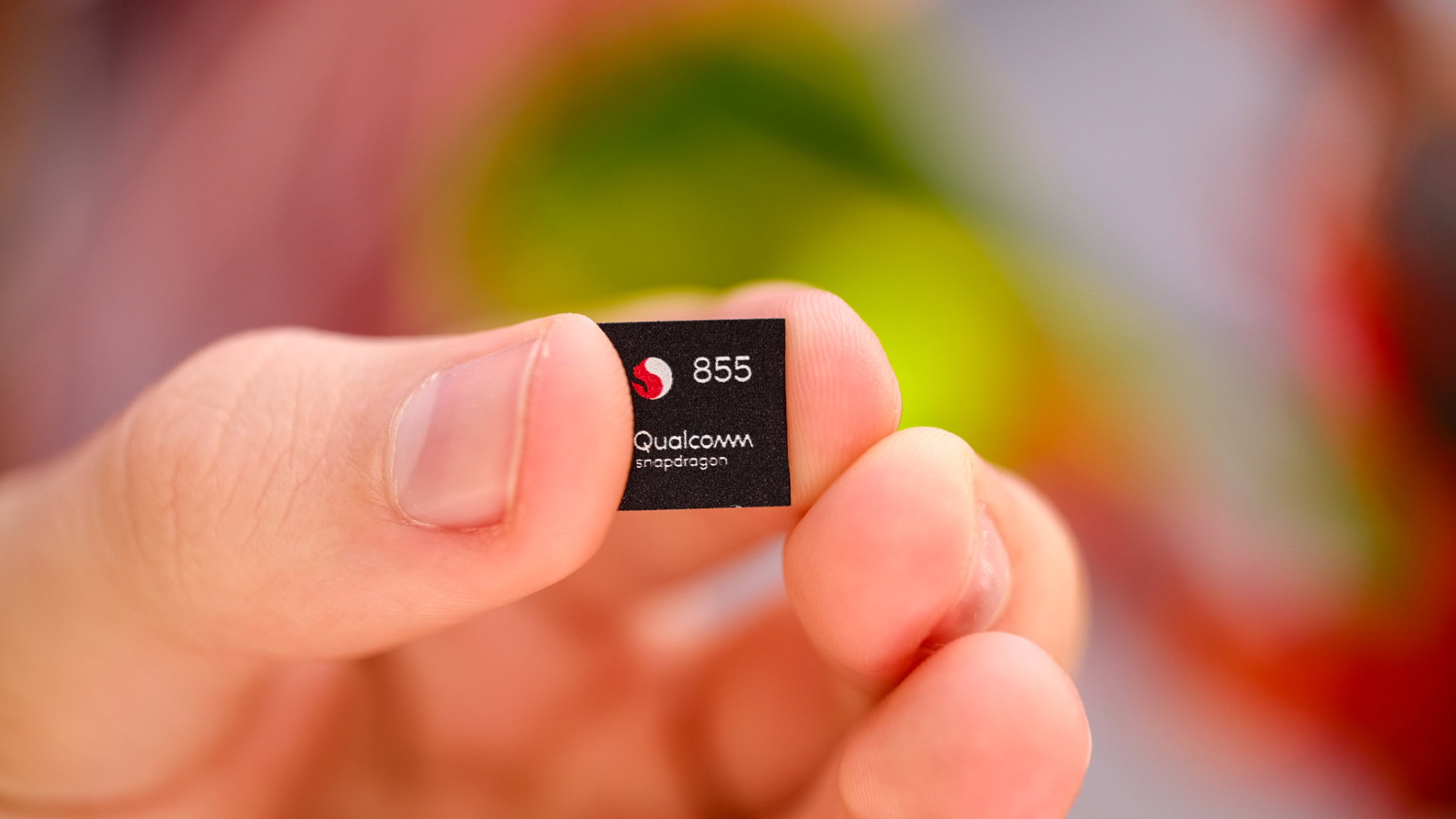
Building modems is tricky
At Qualcomm’s recent Tech Summit specifically about the new Snapdragon 855, company Senior VP, Product Management Keith Kressin told me size is the leading issue. It’s not that the modem is physically too big as such, but the company wants to optimize its 5G modem design substantially before combining it into heavily integrated silicon.
Qualcomm's X50 modem was built to accelerate 5G, the next step is to refine it.
The Snapdragon X50 modem is more than two years old at this point. Qualcomm announced it all the way back in October 2016. The X50 was designed before carriers had even finalized exactly what their 5G networks would look like. Some elements can probably be optimized now that the most common 5G use cases can be identified. Qualcomm as been learning a lot over the past two years and will certainly be looking to optimize area, performance, and most importantly power efficiency before committing to an integrated 5G modem for SoCs.
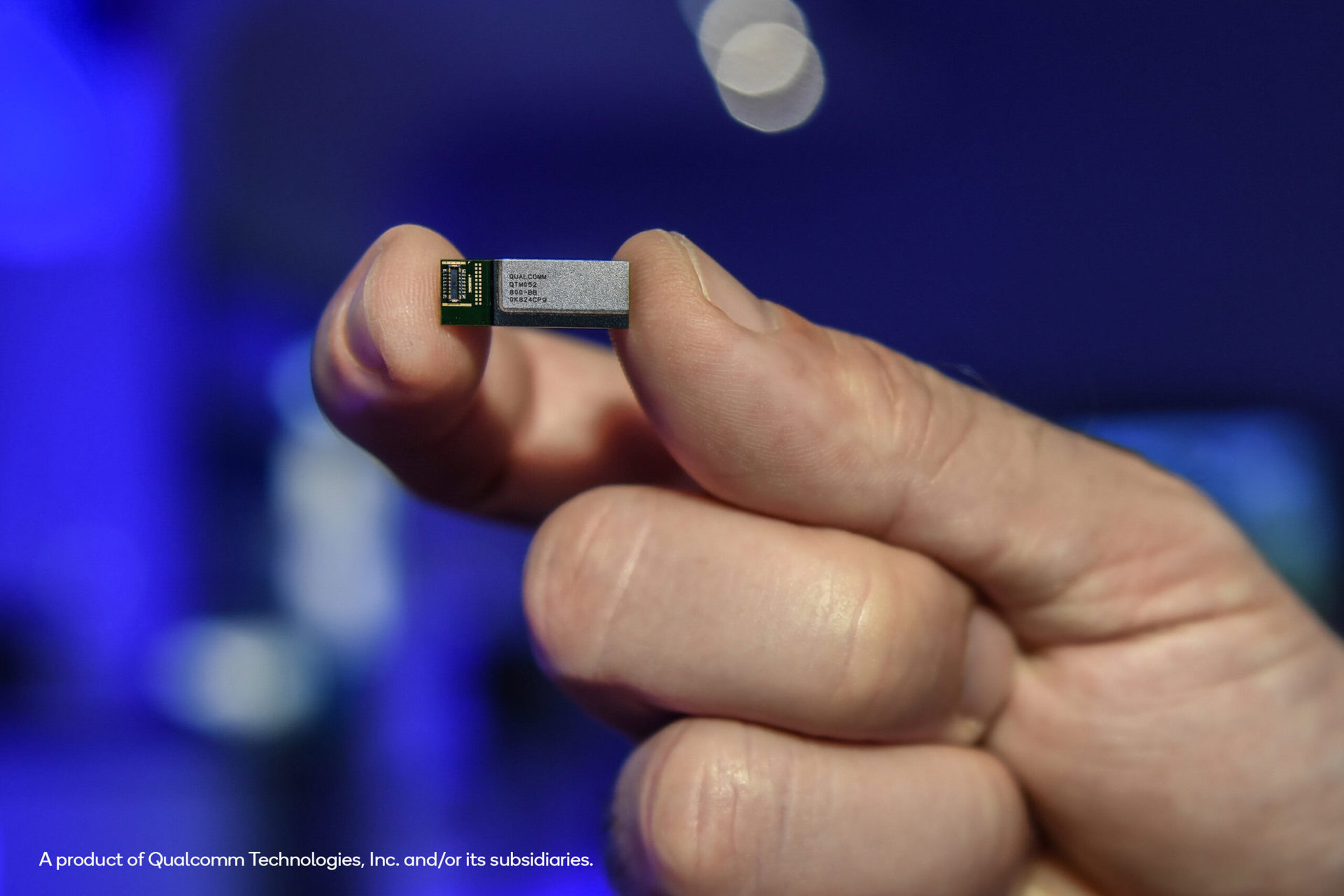
Additionally, it would take a substantial amount of effort to rework and test the hardware for new 7nm silicon. These efforts are almost undoubtedly underway at Qualcomm — and its rivals for that matter — but it makes the most sense to do this work in conjunction with optimizing the inner workings of its 5G modem.
The final piece of the puzzle is to build a modem that supports both 4G LTE and 5G in a single chip. Currently the Snapdragon X50 — and, it appears, the Balong 5000 — requires an SoC with an integrated 4G modem to function. Only Samsung’s Exynos 5100 currently offers 2G, 3G, 4G, and 5G capabilities in a single component. Of course, there’s also the added complication of developing for 5G non-standalone now versus supporting the full standalone spec in the future.
The bottom line is we’re still in the early days of 5G, despite the accelerated roadmap. The technology is still maturing and it will take a little while longer for 5G modems to be as efficient and deeply integrated as current 4G modems.
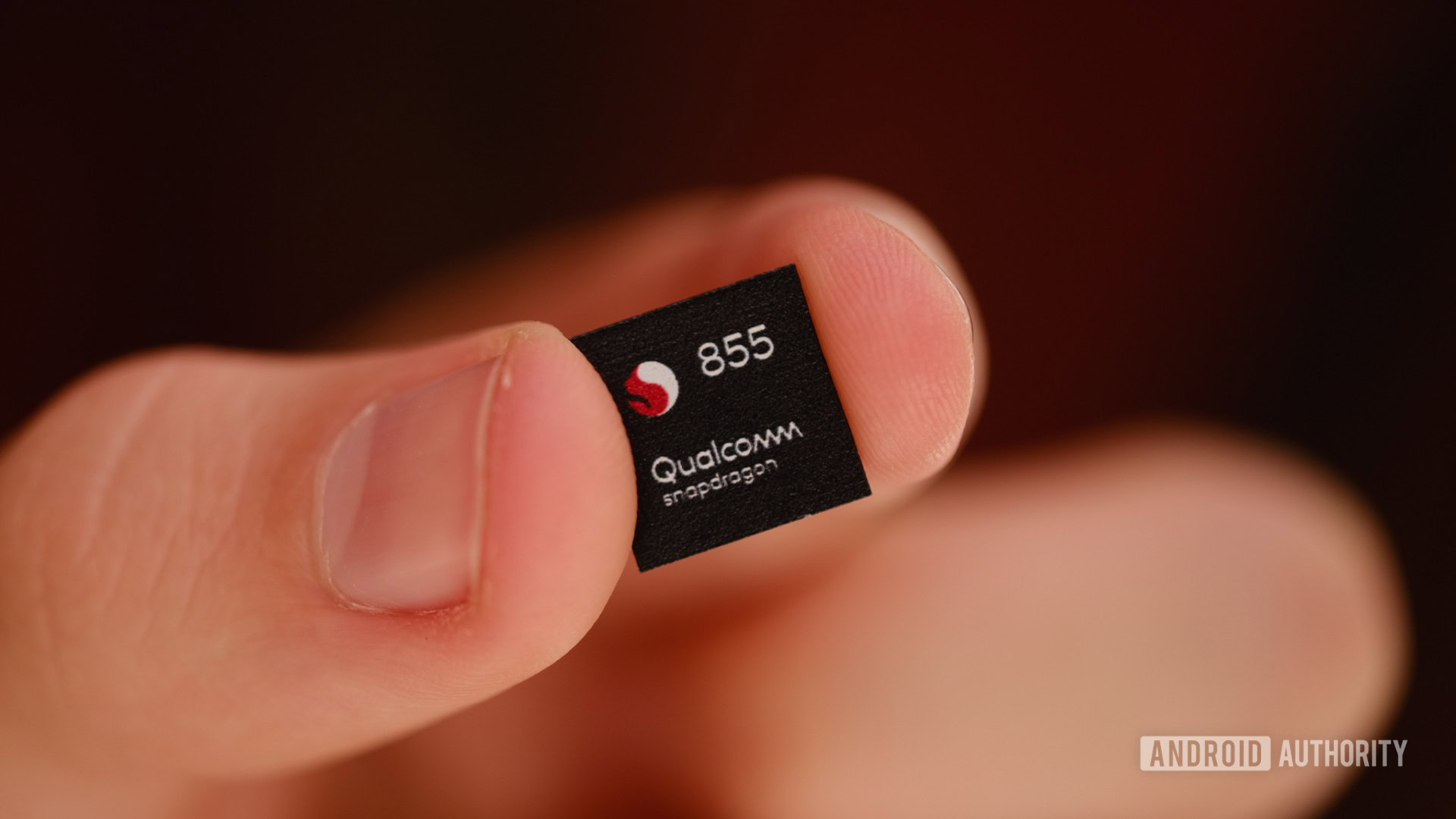
They’re a fine fit for 2019 smartphones anyway
Although U.S. carriers are keen to sell customers on the benefits of 5G, network availability will be restricted to a reasonably smaller number of cities even into late 2019. Yes, millions might fall under early coverage, but only a small percentage will buy new phones next year, and an even smaller fraction will be splashing cash on top of the line 5G flagships.
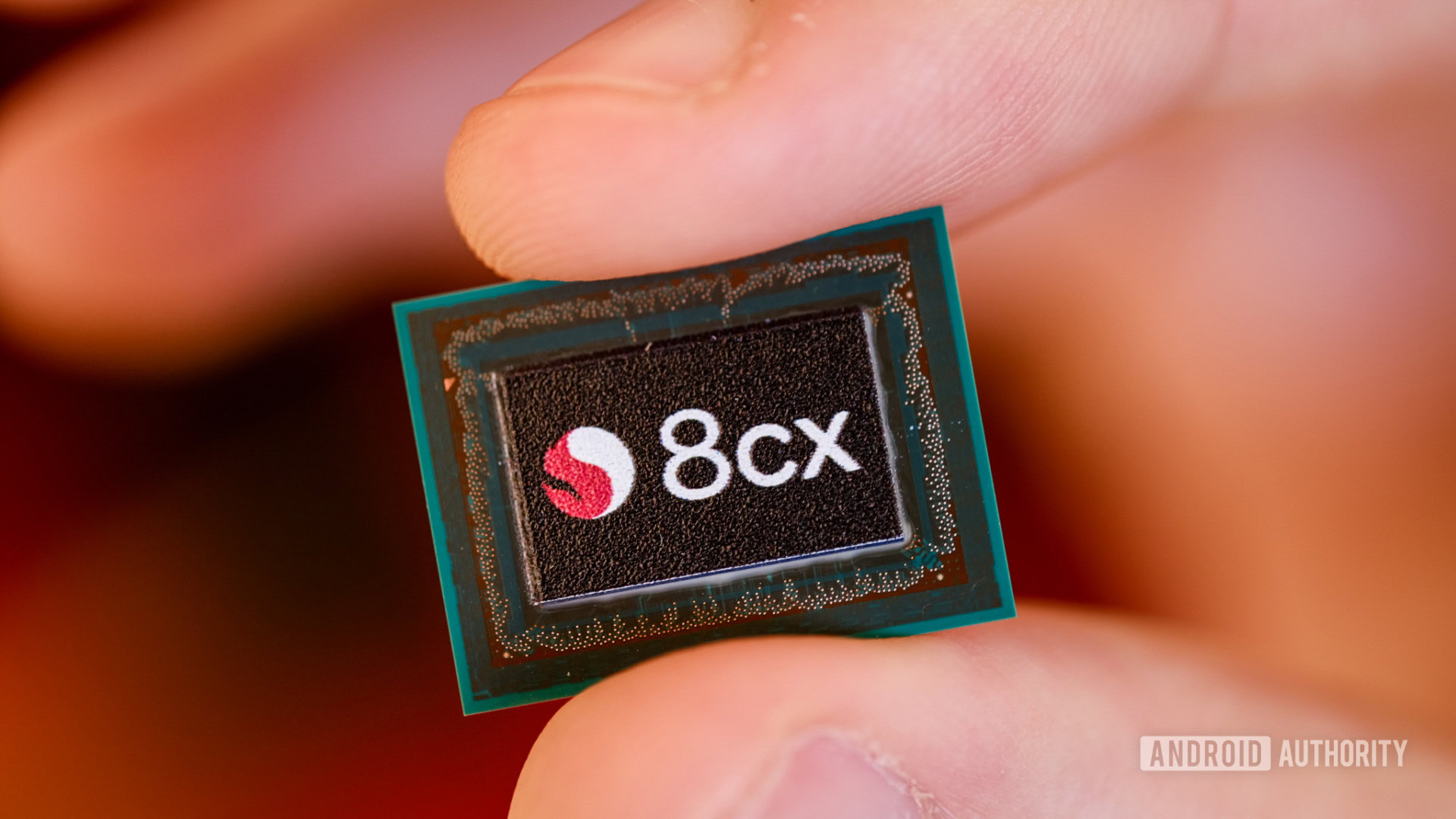
We also have to consider the landscape outside of the U.S. Other regions around the world probably won’t begin early 5G rollouts until 2019 and even 2020. Many other major phone markets, such as India, will likely be several years later still. Smartphone manufacturers may not want to sell 5G phones just yet, at least not in all regions, but they will still want to provide high performance. An external 5G modem setup fills this requirement just fine.
Kressin indicated we won’t see every major smartphone brand hop right into 5G first thing in 2019, likely for the reasons above and more. Such as the added costs, complexities, and power draw of implementing 5G technologies. Instead, the second half of the year will likely yield a greater number of 5G-ready smartphones. By then, we will be closing in on a new Snapdragon chip, which may include an integrated 5G modem.
Besides marketing campaigns, there isn’t a huge rush to release 5G products. Most consumers probably won’t be considering a 5G upgrade until 2020, anyway. Meanwhile, flexible SoCs are perfectly serviceable for manufacturers who fancy dipping their toes in early.
Read Next: Qualcomm Snapdragon 8cx finally bridges the gap between mobile and laptops (Video)